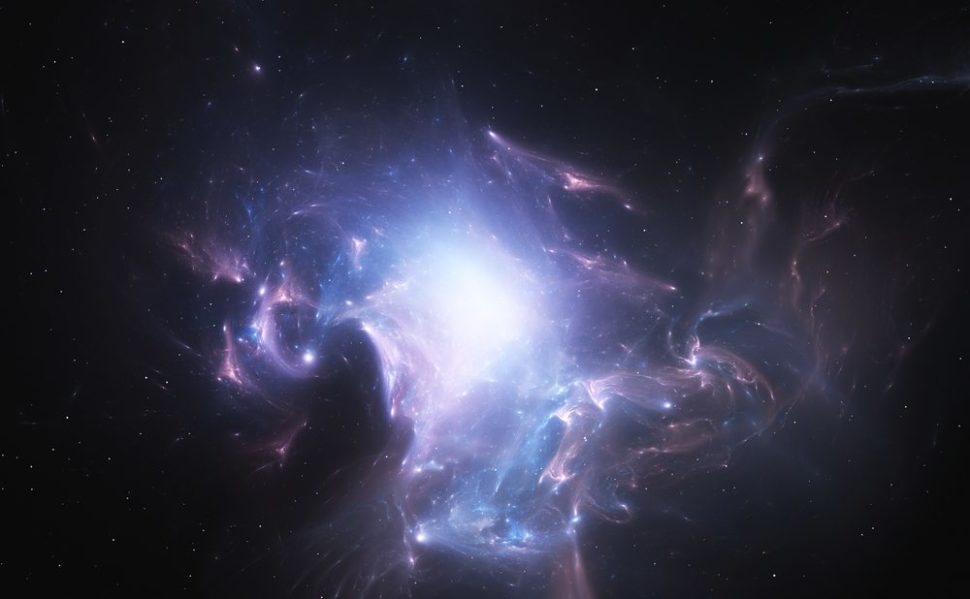There’s an odd-shaped nebula in the form a space ant, and new data suggest there more to it than its spectacular appearance. Scientists have detected mysterious laser emissions coming from the ant nebula, and they know why.
In astronomy, a nebula is a celestial cloud composed of ionized gases and dust. In the early 1900s, the term “nebula” was used to describe any object of diffuse aspect, including faraway galaxies.
Nebulae play a key role in the formation of stars systems, like our own solar system that formed from the gravitational collapse of a nebula.
After their death, some stars, in turn, leave behind nebulous ruins.
Planetary nebulae are mainly spherical in shape, though sometimes they can be elliptical or take strange morphologies.
One nebula with an intriguing shape is the “ant nebula”, which lies in the constellation Norma, some 8,000 light years away from Earth.
Technically called Menzel 3, or Mz 3, the ant nebula was discovered by American astronomer Donald Howard Menzel in 1922.
However, this is no ordinary nebula.
Secret Behind the Galactic Ant’s Laser Revealed
Mz3 is a bipolar planetary nebula with two symmetrical lobes extending from a central dying star which is shedding its outer layers.
Due to its morphology that resembles an ant’s body, Mz3 was dubbed the “ant nebula”.
Scientists have been investigating the processes that may have sculpted Mz3 into this unique celestial structure.
Now, scientists from the European Space Agency have found evidence of a binary star system made of the white dwarf at the center of Mz3 and an accompanying star.
Astrophysicists at the ESA’s Herschel Space Observatory detected unusual laser emissions coming from the ant nebula that they attribute to another star accompanying the central one.
“When we observe Menzel 3, we see an amazingly intricate structure made up of ionized gas, but we cannot see the object in its center producing this pattern,” said Isabel Aleman, lead author of the study. “Thanks to the sensitivity and wide wavelength range of the Herschel observatory, we detected a very rare type of emission called hydrogen recombination line laser emission, which provided a way to reveal the nebula’s structure and physical conditions.”
Scientists have concluded that the central white dwarf “has a binary companion, because it is hard to get the ejected gas to go into orbit unless a companion star deflects it in the right direction.”
These new findings were obtained as part of the ESA’s Herschel Planetary Nebula Survey (HerPlaNS).
Although this may seem like a faraway discovery, it may help us to understand the lifecycle of our own star.
In the distant future, the nuclear fusion reactor of our sun will stop running. Then, over the course of billions of years, it will undergo a series of metamorphic changes.
It will end up into a red giant that will eventually lose its outer layers, leaving the core that condenses into a white dwarf, surrounded by ghostly ruins of a planetary nebula.
Do you think a future alien civilization could detect the nebulous remains of our sun, and ponder on it as we do now on the ant nebula?



















Comments (0)
Least Recent